New Ad Blocker “Peace” Tops iTunes Paid Apps Chart Within Hours
A second ad blocker also hits number five for iTunes; both work only with Safari, don't block ads in Chrome or within apps.
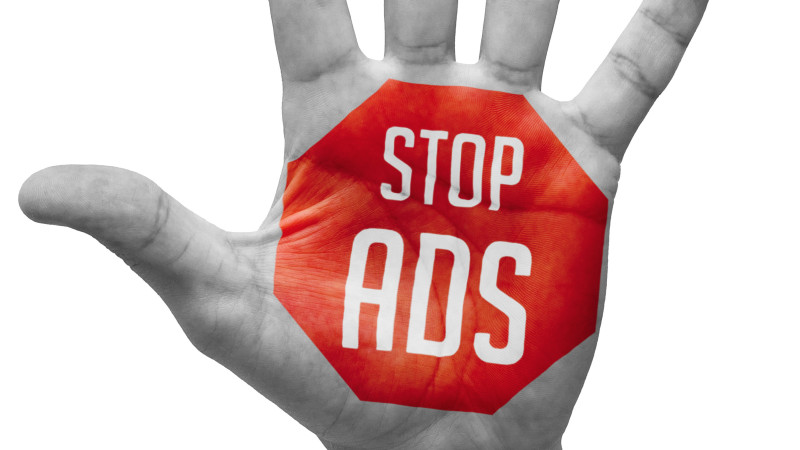 For months, marketers have been worrying over the possibility that consumers might embrace ad blocking that’s made easier in iOS 9. Now iOS 9 is out, and within hours of its launch yesterday, a new ad blocker called “Peace” became the most popular paid app.
For months, marketers have been worrying over the possibility that consumers might embrace ad blocking that’s made easier in iOS 9. Now iOS 9 is out, and within hours of its launch yesterday, a new ad blocker called “Peace” became the most popular paid app.
The Peace app was created by Marco Arment, former CTO of Tumblr and founder of Instapaper. It sells for $2.99 in Apple’s app store. Within hours of the app going live, it topped the iTunes chart for paid apps for iPhone. Here it is as of 4:30am ET:
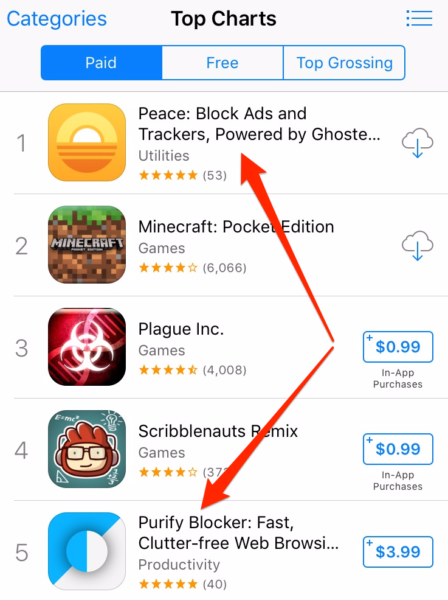
In addition to Peace, Purify Blocker also made the charts ranked fifth for iPhone. The Blockr app is ranked 28th. Crystal, which had some attention earlier this month, is listed at 110 in the free charts. It’s supposed to change to a paid model shortly.
As for iPad, Peace was the number two paid app (Purify is further down at 22; Blockr at 36):

The app is technically a “content blocker,” because it blocks not only ads but other types of tracking codes and anything that is deemed worth blocking based on a list that Ghostery maintains.
Blocking Only In Safari
Ads are only blocked in Safari, not in other browsers like Chrome. It also doesn’t block ads within apps. Ads are also only blocked in Safari if a user also deliberately enables Peace (or another blocker) to work with Safari:
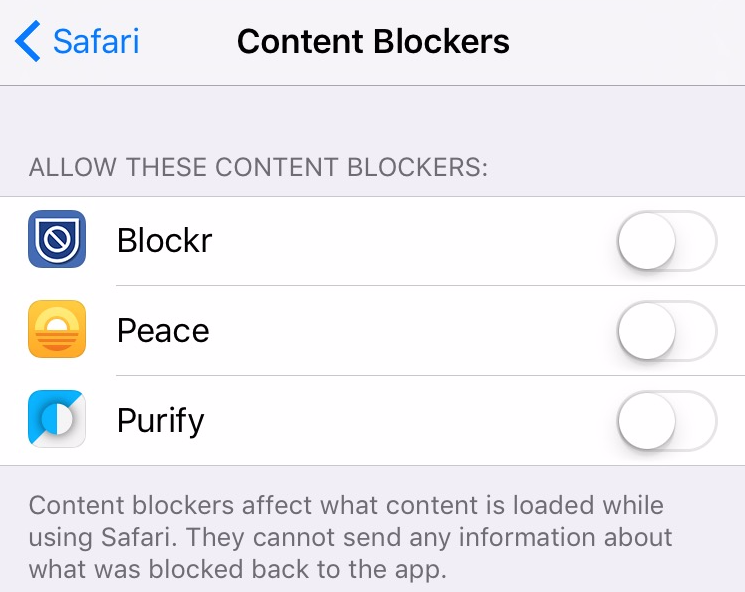
That’s pretty likely given someone spent money on the app. It’s also easy to do, especially given the Peace app provides interactive instructions and provides a way to test if everything is working correctly:
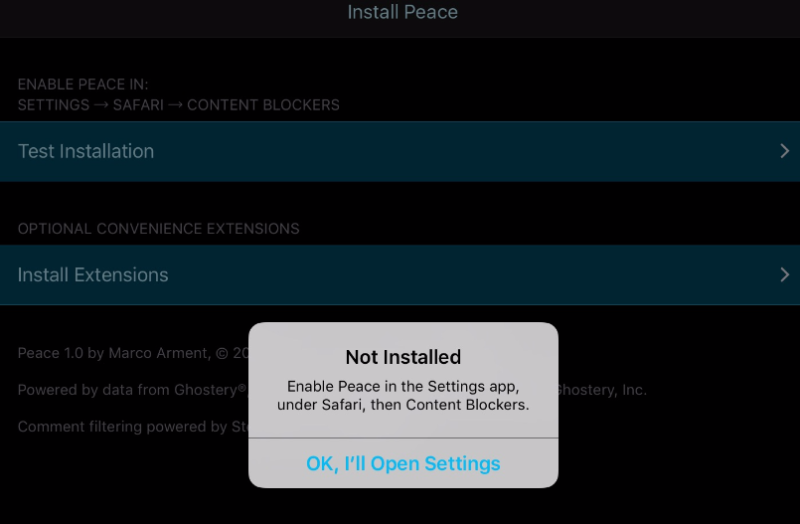
Get Ready For A Native Ad Explosion?
Arment explains more about the app in a blog post, as well as his view that if publishers don’t like ad blocking, they should come up with different methods that readers will “tolerate.” From his post:
We shouldn’t feel guilty about this. The “implied contract” theory that we’ve agreed to view ads in exchange for free content is void because we can’t review the terms first — as soon as we follow a link, our browsers load, execute, transfer, and track everything embedded by the publisher. Our data, battery life, time, and privacy are taken by a blank check with no recourse. It’s like ordering from a restaurant menu with no prices, then being forced to pay whatever the restaurant demands at the end of the meal.
If publishers want to offer free content funded by advertising, the burden is on them to choose ad content and methods that their readers will tolerate and respond to.
In particular, he seems to embrace native ads:
Many publishers have already struck a great balance with non-abusive methods such as (clearly labeled) native in-stream ads, which don’t require cross-site tracking or abusive practices and make good money. (The saddest part about the abusive trackers and ads is that they don’t even make much money anymore. They’re abusing us for almost nothing.)
No doubt, if ad blocking really does grow, native ads will be one of the likely areas that publishers expand into. They also work, given that consumers often find it hard to identify native ads even when clearly labeled as Arment suggests.
Postscript (2:25pm ET): Three ad blockers now occupy the top 10 spots for paid apps:
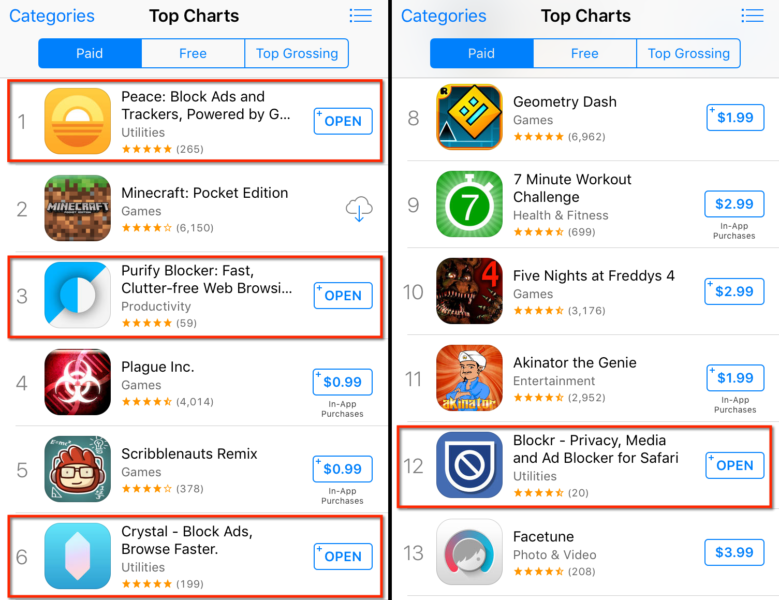
Peace remains number one. Purify stays steady at number three. Crystal has now shifted to being paid and moves into number six. Blockr is at number 12
Contributing authors are invited to create content for MarTech and are chosen for their expertise and contribution to the search community. Our contributors work under the oversight of the editorial staff and contributions are checked for quality and relevance to our readers. MarTech is owned by Semrush. Contributor was not asked to make any direct or indirect mentions of Semrush. The opinions they express are their own.
Related stories